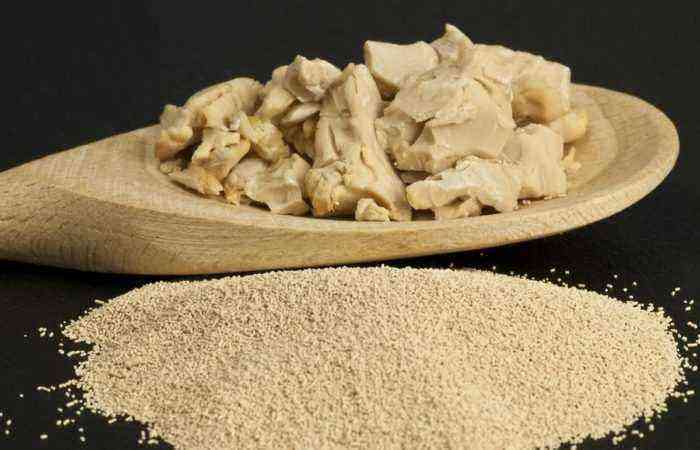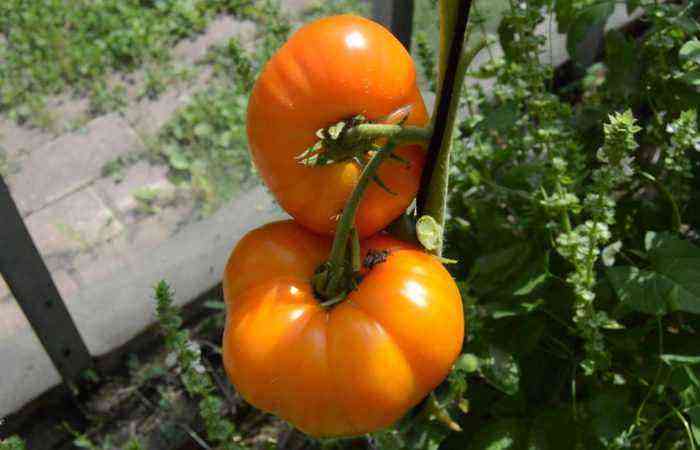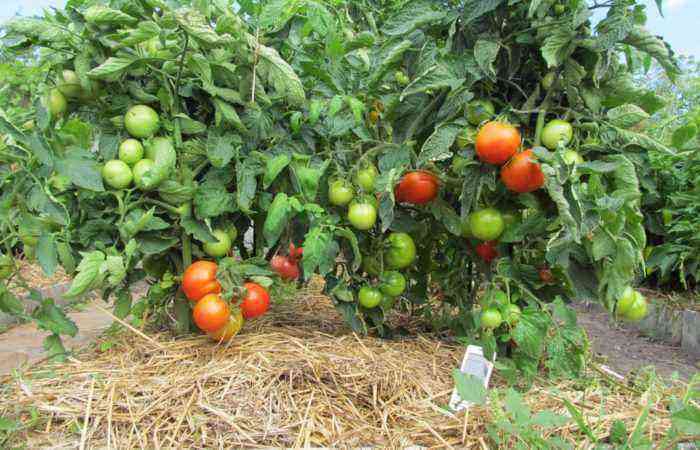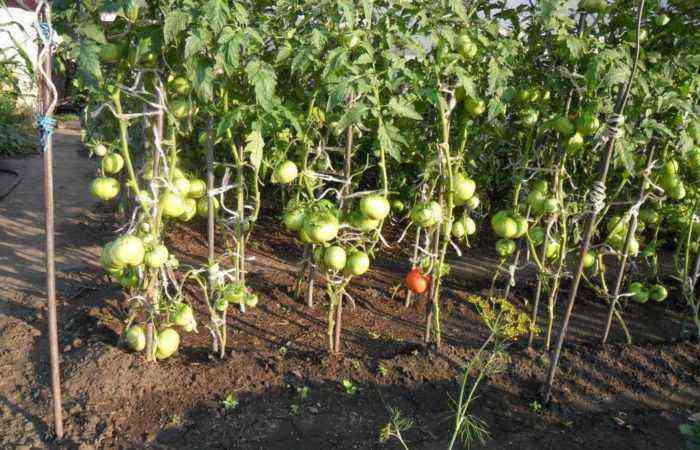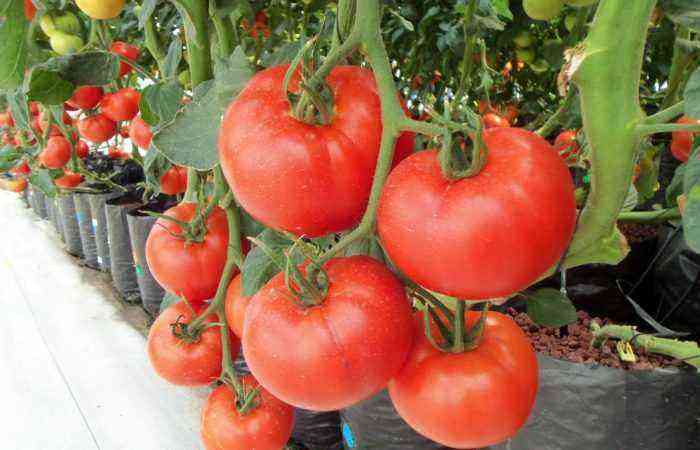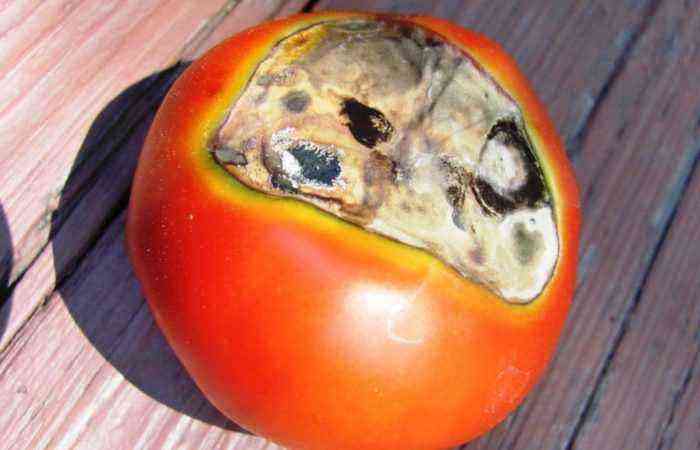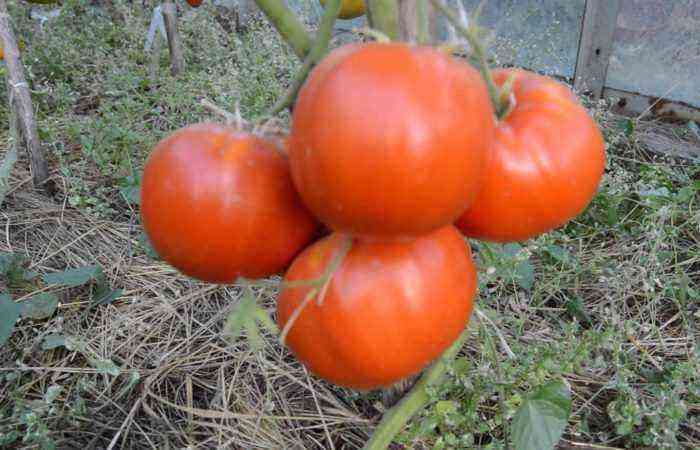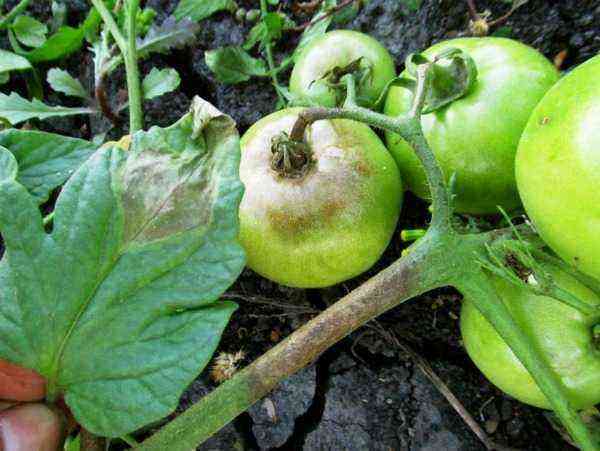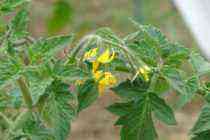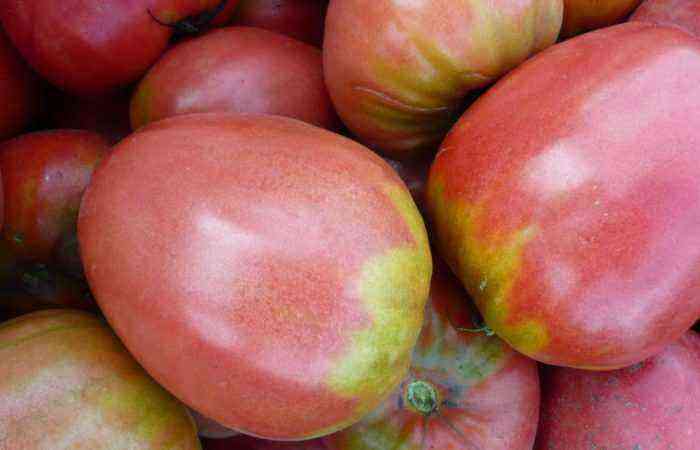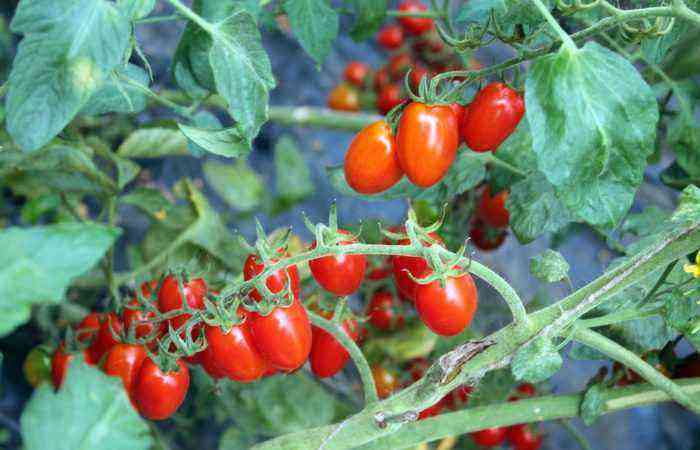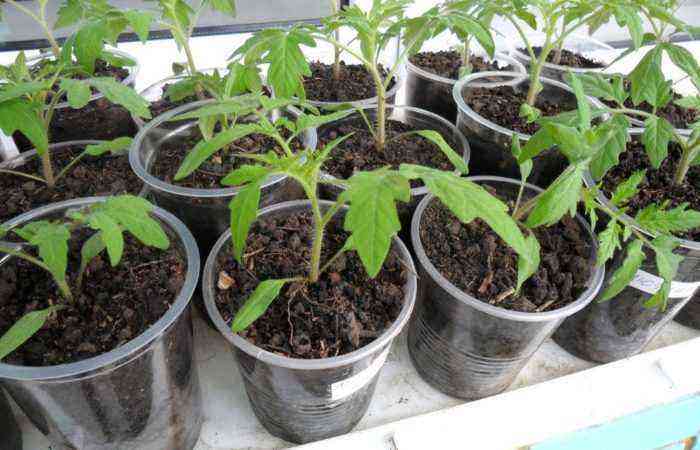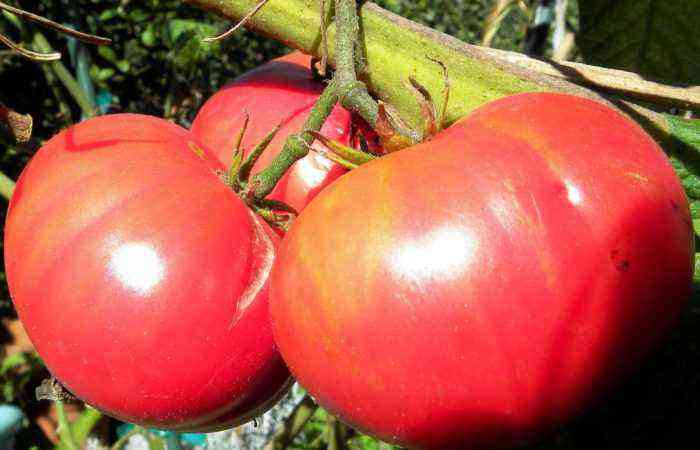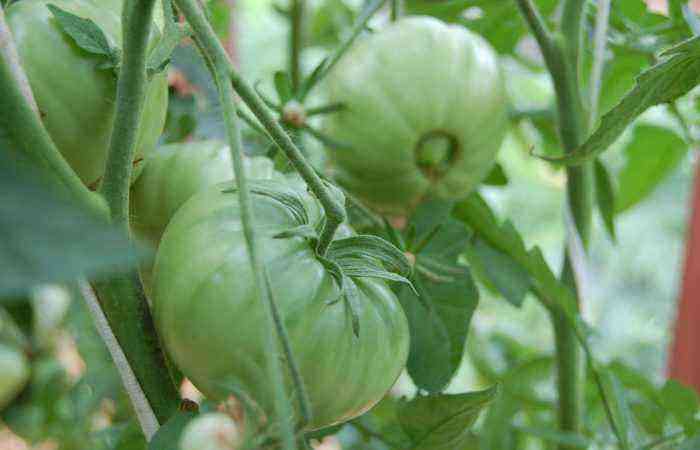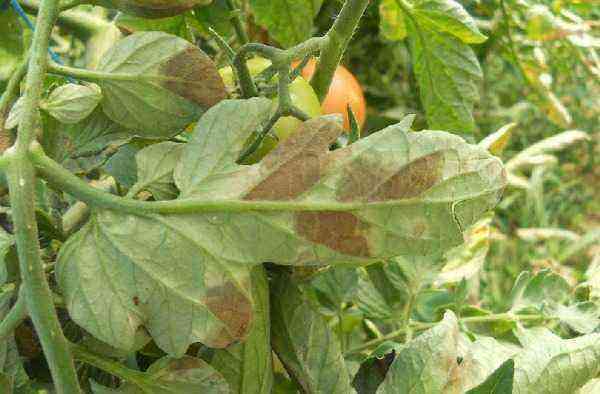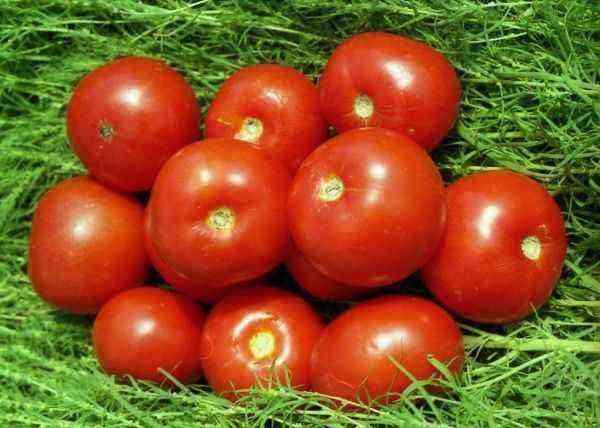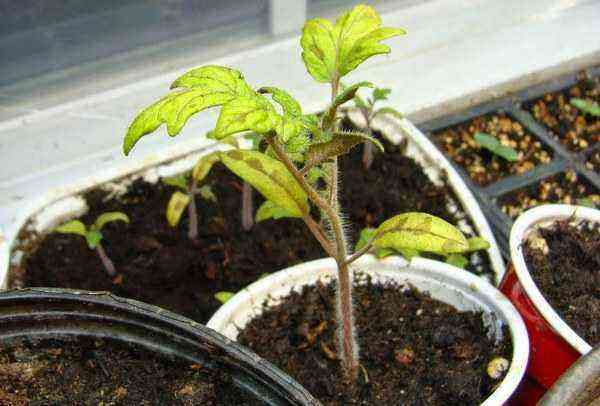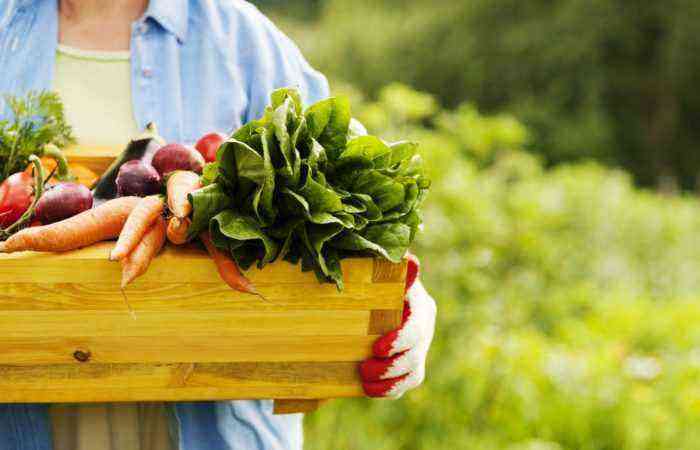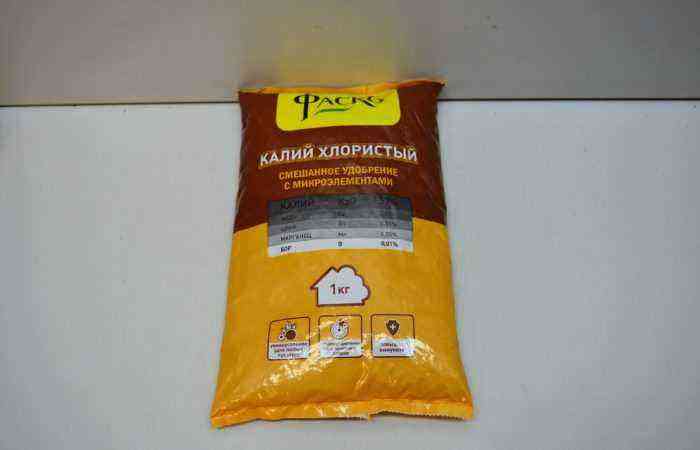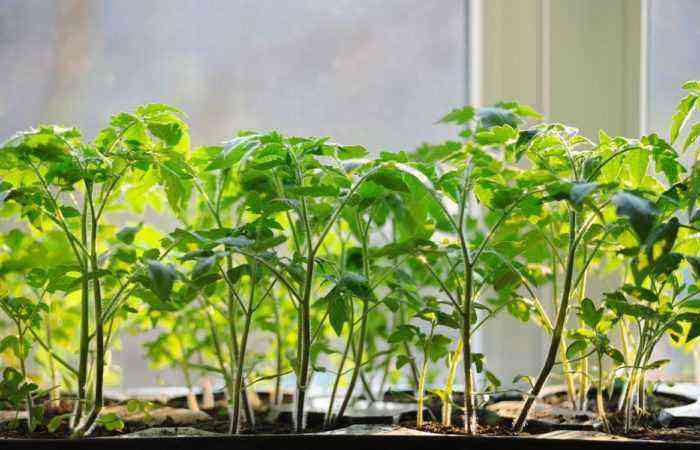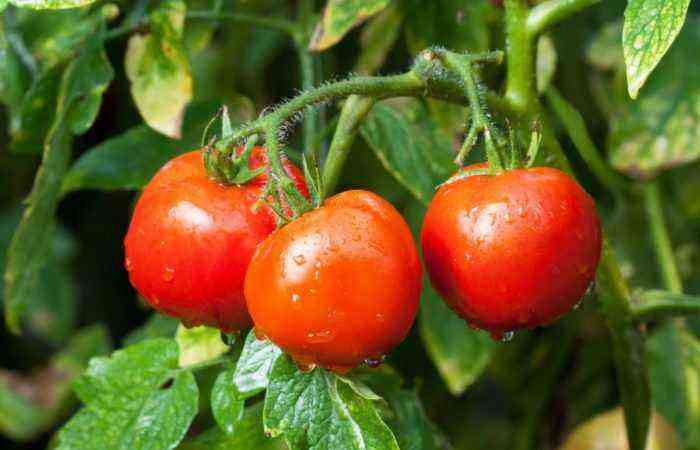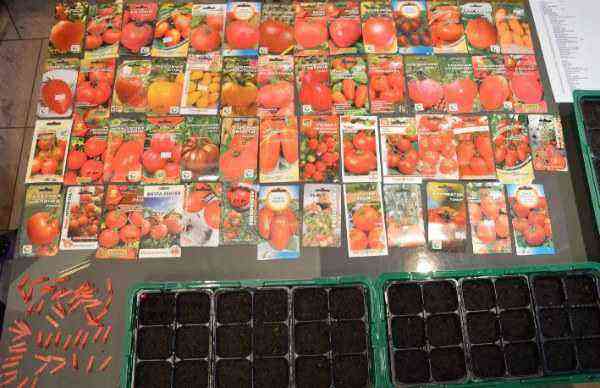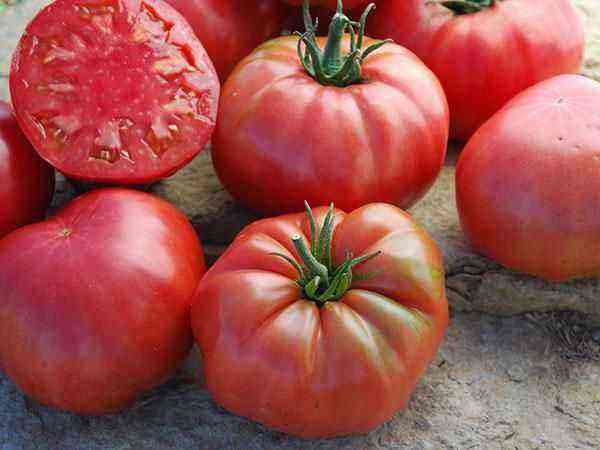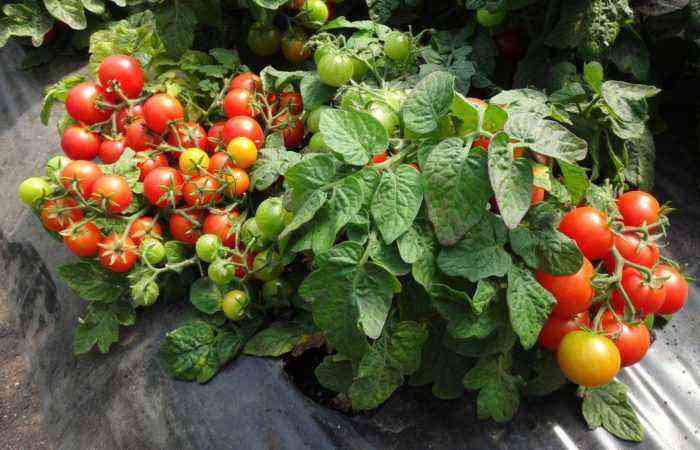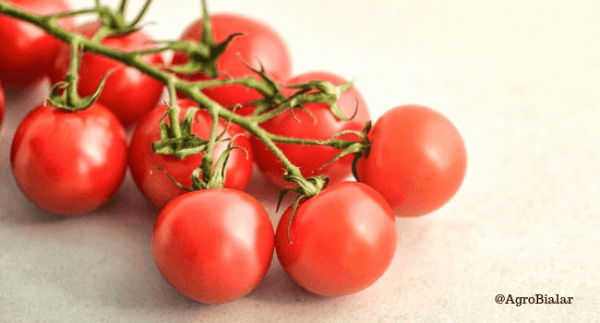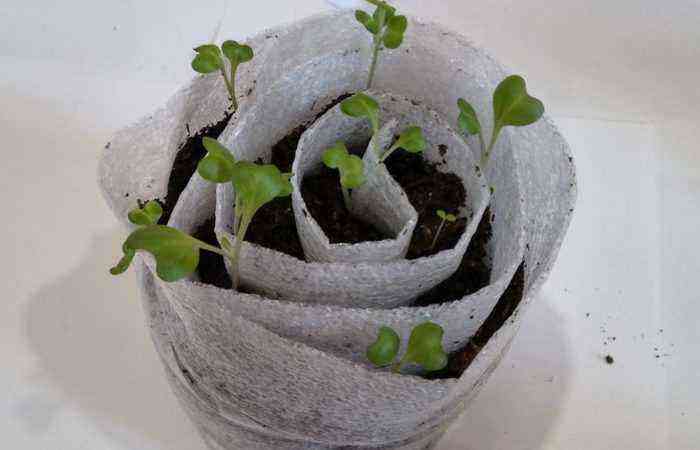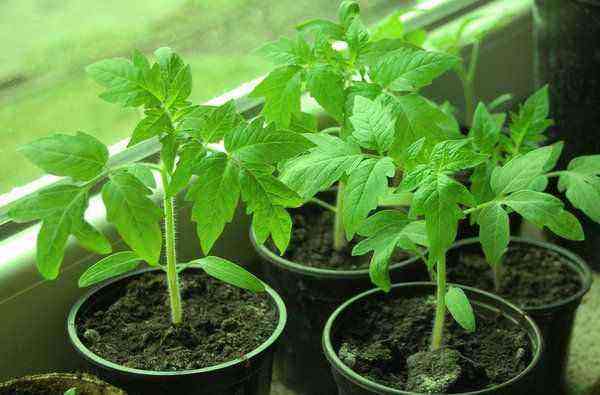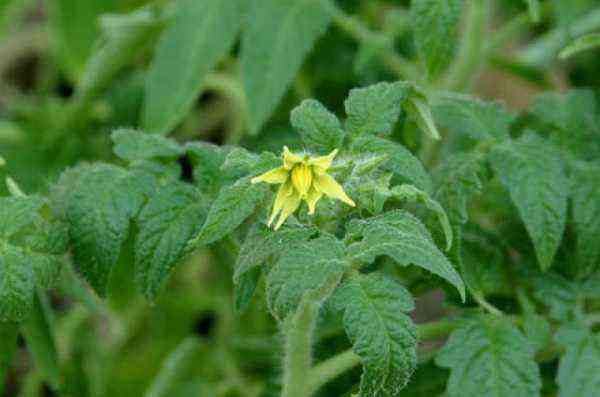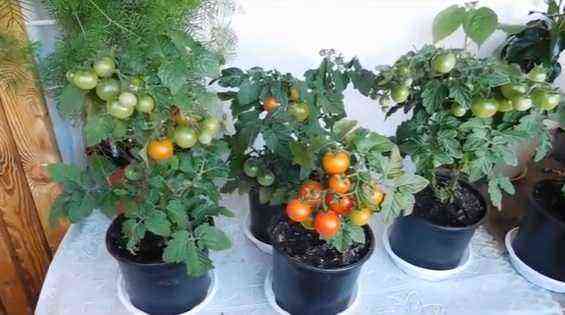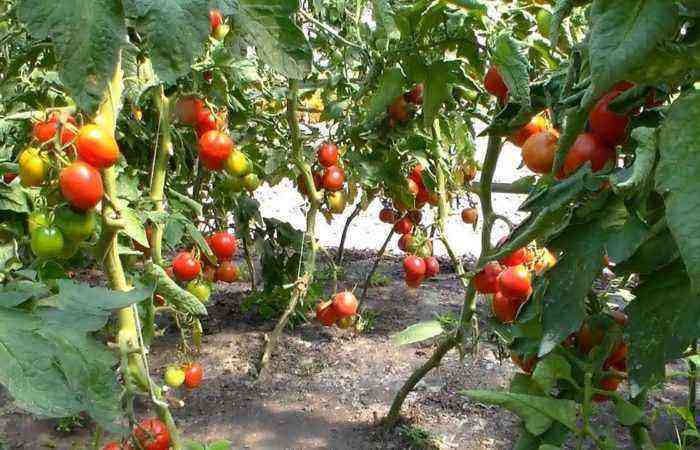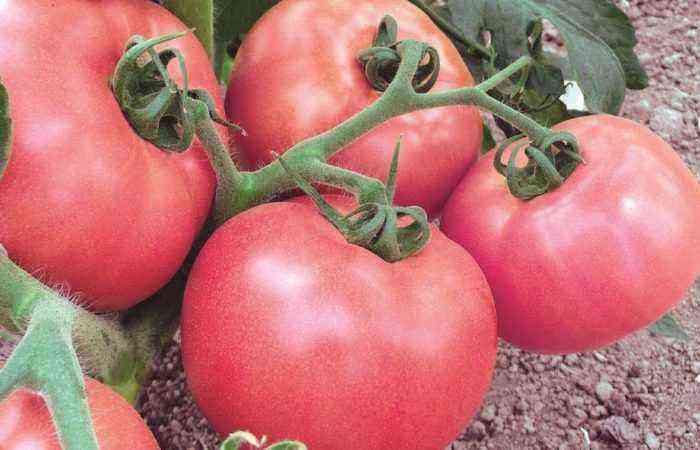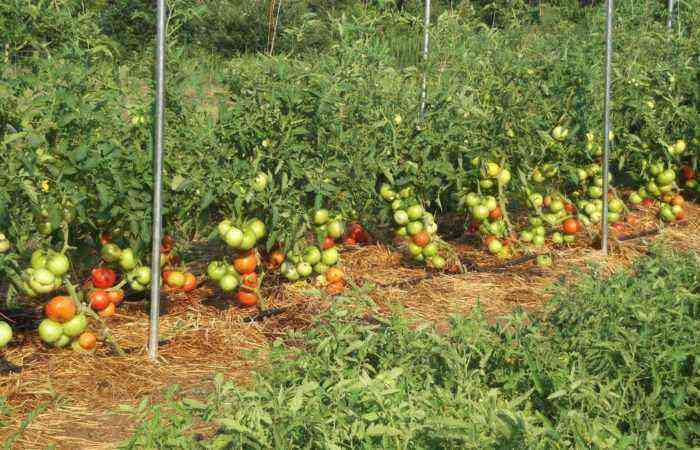Outside the window is February, and for summer residents who grow seedlings on their own, the “sowing season” begins. The appearance of the first seedling loops obliges gardeners to pay special attention to the rules for watering and caring for future seedlings.
What should be the water for irrigation

It should start with the fact that the first moistening of the soil in seedling boxes will be required a few days after the emergence of sprouts. During these 4-5 days, the plant will use up the moisture stored in the soil during sowing.
And since urban residents most often use tap water to irrigate tomato seedlings, they collect it in advance and store it in open containers. During this time, gaseous compounds will evaporate, and heavy ones will precipitate. The water will reach room temperature and will become suitable for watering tomato seedlings. The optimum temperature is 20-25⁰C.
Note. A good option for replacing tap water is melt or rain water. It contains many macro- and microelements necessary for the life of plants.
The first watering of seedlings is carried out very carefully and from a small container. At this stage, the sprouts have practically no root system and a strong stream of water can wash the plant out of the soil.
Growing seedlings are also watered with settled water, only the volume of liquid increases. If necessary, a week or two before the dive of seedlings, watering is combined with top dressing.
How often to water tomato seedlings
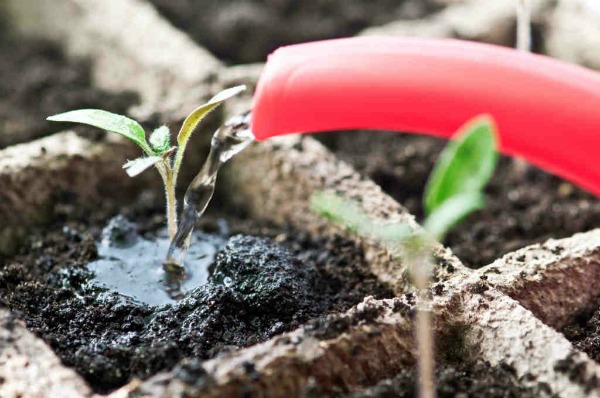
The question is far from being idle, and some gardeners are faced with a problem when tomato seedlings begin to break at the base and fall. The problem lies in waterlogging of the soil.
Tomatoes are a drought tolerant crop. Its root can go deep into the soil by 1,5 m, and naturally there is always moisture there. Therefore, seedlings of tomatoes in the open field are watered rarely, but plentifully. Things are somewhat different when growing at home.
On average, seedlings are watered once every 4-5 days in sunny weather and increase the interval to 6-8 days on cloudy days.
Of course, soil structure plays an important role. From a light and loose substrate, moisture evaporates much faster, which means that watering should be more frequent.
After planting seeds
How to determine if plants need irrigation? At the stage of seed germination, gardeners try to create optimal conditions for this. They stretch a plastic film over the seedling boxes, cover with glass, or use purchased mini-greenhouses equipped with transparent plastic lids.
In such conditions, additional moisture is rarely needed. But in case of doubt, the surface is wetted from the sprayer.
After germination
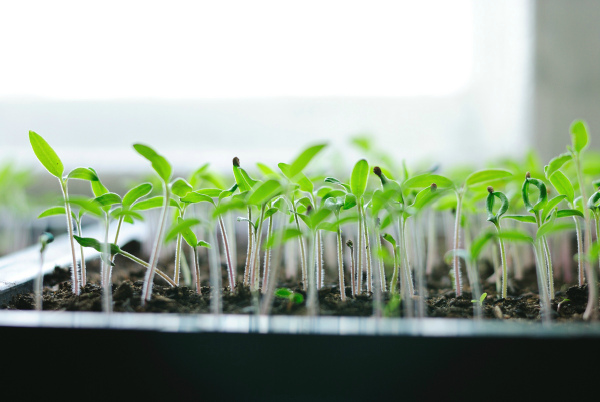
After the appearance of mass seedlings, shelters are removed, but watering is not carried out. In the thickness of the soil, the moisture laid down during the sowing of the seeds is still preserved, and the roots will reach for it, gaining volume and strength. And after 3-5 days, the sprouts should be watered. Small containers are watered with a teaspoon, syringe and even a pipette.
But when growing a large volume of seedlings, such methods are not suitable. A small watering can with a long spout is best.
It is good if the seedlings are grown in transparent containers, where the state of the soil is visible.
For plastic and wooden seedling boxes, you can use a simple device:
- A hook is made from a piece of strong wire (15-20 cm), bending 1-2 cm in length.
- The device is immersed in the soil along the wall of the vessel to the base, slightly turned and removed.
- Having kneaded a hooked lump in your fingers, you can determine whether to water now or postpone the procedure for a day or two.
However, it should be noted that this method is applicable only to very young seedlings, when the root system has not yet braided the earthen ball. It is during this period that there is the greatest risk of waterlogging of the soil, which leads to the “black leg” disease.
In any case, all planting containers must be provided with drainage holes. As soon as water begins to ooze from them, it means that the earth is saturated with moisture.
As seedlings grow, the need for water increases. Seedlings ready for diving are watered a day or two before this procedure. It is necessary that the earth dries out a little and during work it is easily separated from the roots without harming them.
Sprouts are also planted in moist soil, accompanied by slight watering. This is necessary so that the thin threads of the root system are in close contact with the ground.
How to water tomato seedlings after a dive
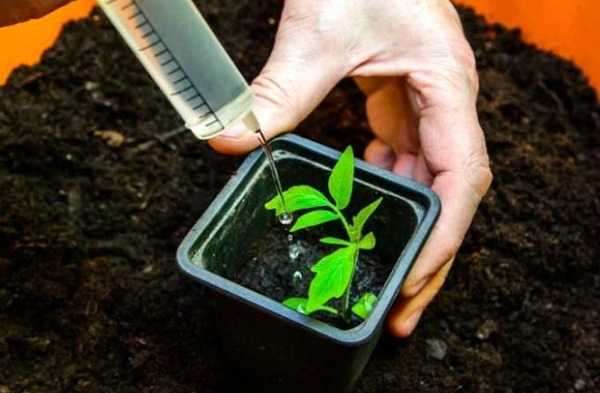
Properly carried out diving of tomato sprouts will provide them with the necessary level of humidity for the first 4-6 days. At this time, the boxes with seedlings are shaded somewhat so that rooting goes more smoothly. Further watering is carried out at approximately the same frequency.
For watering, it is advisable to use a small watering can with a long narrow spout; such equipment can be easily placed between tomato bushes.
- If seedlings are grown in individual containers, then water is slowly poured closer to the walls of the vessel. It is necessary to ensure that the root system does not become exposed. If necessary, soil is poured into the cups.
- In common boxes, seedlings are watered along the aisles, preventing water from getting on the leaves.
The sun’s rays falling from the window can cause them to burn. Therefore, home-grown tomato seedlings are recommended to be watered either in the evening or early in the morning.
And 2 weeks after the dive, watering is combined with top dressing. The choice of fertilizer depends on the location of the seedlings. It is unlikely that the gardener will want to plant an infusion of mullein or bird droppings in the apartment. Although this is the best option for the first top dressing, it is better to use it all the same in greenhouses.
At home, you can use the infusion of wood ash (1 tablespoon per 1 liter of water). Tomatoes respond very well to this natural fertilizer.
Of the industrial preparations used:
- “Agricola”;
- “Intermag garden”;
- “Gumi Kuznetsova”;
- “Ideal”;
- “Baikal EM 1”.
Specialized stores offer a very wide selection of mineral fertilizers for feeding tomato seedlings.
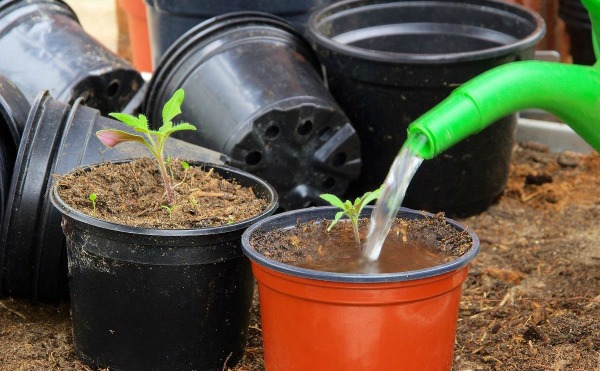
When applying top dressing, you need to be careful not to allow the solution to get on the leaves. If this happens, it is washed off using a spray bottle. Top dressing is done on moist soil, spending 100-120 ml per plant.
The gardener will take care of soil moisture in seedlings for more than 2 months. At this age, tomato bushes will be ready for transplanting into open or protected ground.
Before planting in open ground, the seedlings are hardened for 2 weeks, and a few hours before the planned work it is watered, but not to the point of dirt. The next watering will be carried out already at a permanent place: in an open-air garden bed or in a greenhouse.
Watering tomato seedlings
Folk dressings are not inferior in efficiency to industrial fertilizers, but at the same time they cost almost nothing. Recipes inherited by summer residents from previous generations pass from mouth to mouth and help grow strong and healthy seedlings.
iodine
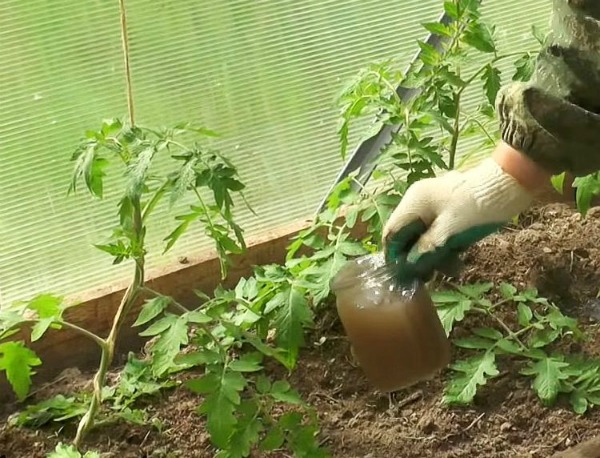
Experts have not thoroughly studied the effect of iodine on the plant, but the positive effect of the use of such top dressing has long been confirmed empirically. The element does not directly affect the growth processes of tomatoes, but is a catalyst for the absorption of nutrients and helps to strengthen the immune system. In the case of seedlings, iodine is used only until the ovaries appear. After its impact, the plants develop better, get sick less, and later give a bountiful harvest.
It is important to correctly observe the dosage of iodine fertilizer. In large quantities, the substance has a toxic effect on plants. It is recommended to water the seedlings with water with the addition of iodine 7 days after the first fertilizing with a mineral complex fertilizer. To prepare a solution, 1 drop of iodine is dissolved in 3 liters of water. You need to water the seedlings with this tool through a strainer, irrigating the leaves and the top layer of soil.
On a note! Before planting the seedlings in a permanent place, the soil is shed with an iodine solution prepared in the same proportion as for watering the seedlings. This will disinfect the soil and help the plants take root better. It is necessary to carry out such a manipulation a day before the transplant.
yeast
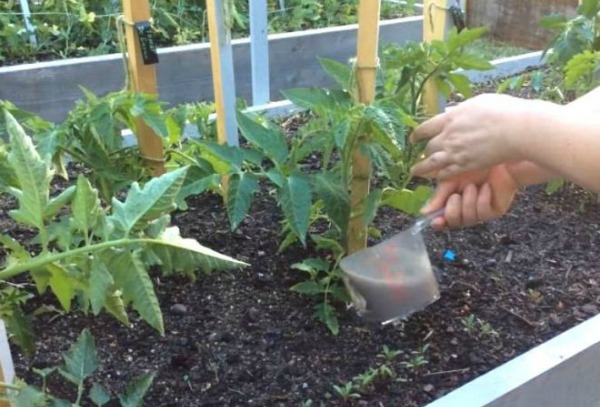
Yeast contains a lot of substances useful for plants and further improves the structure of the soil after application. Under the influence of a yeast solution, the growth rate of tomatoes increases, resistance to diseases improves, and productivity increases.
You can apply such top dressing at any stage of growing a crop, but it is better to start doing this at the seedling stage. Yeast has an equally good effect on the development of the aboveground and underground parts of the seedlings, helping them to become stronger and recover faster after picking. The yeast does not cause any harm to the soil and plants, so you can safely use them.
In order to prepare a solution, use 50 g of fresh yeast or 5 g of dry yeast per 5 liters of water. Additionally, you can add 1 tbsp. a spoonful of sugar. Mix all the ingredients and let the mixture brew for 2-3 hours. Before use, top dressing is diluted in a ratio of 1: 5.
hydrogen peroxide

Hydrogen peroxide is used to stimulate the growth of tomato seedlings and prevent diseases. The tool disinfects the soil well, prevents the reproduction of pathogenic microorganisms in it. Peroxide, as peroxide is also called, contributes to the filling of the roots with oxygen, neutralizes the nitrates contained in the soil.
After watering with peroxide, iron and manganese salts useful for tomatoes are restored in the soil. The first top dressing is carried out 2-3 weeks after germination. In the future, the plants are watered once a week. To prepare top dressing, mix 1 tbsp. a spoonful of hydrogen peroxide with 1 liter of water. It is necessary to prepare the composition immediately before use, it is not subject to storage.
How to make drip irrigation of tomato seedlings on the windowsill with your own hands
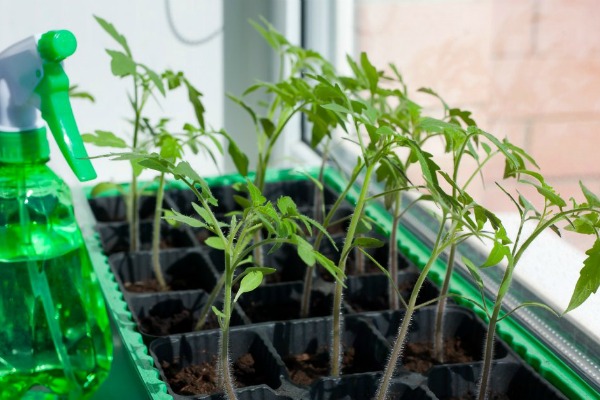
Drip irrigation of tomato seedlings on the windowsill is very convenient. This method allows you to deliver moisture to plants literally drop by drop, while avoiding dryness and waterlogging of the soil. You can make your own drip irrigation system using plastic bottles and dropper tubes equipped with a clip.
The water container will need to be placed above the seedling container, on a small stand or shelf. The tube from the injection system is brought to the bottle at one end, and the other end is inserted into the ground to a depth equal to several centimeters. The water flow rate is adjustable with a clamp. The method is convenient in that several containers with seedlings can be moistened from one bottle at once, without spending additional time and effort on this.
Wick watering tomato seedlings

Wick watering facilitates the care of tomatoes at the stage of growing seedlings. The plants themselves will take the right amount of water, so the problems associated with drought and waterlogging will disappear. Ordinary plastic bottles and nylon lace will help in implementing the idea.
Each bottle must be cut in half. The bottom part with the bottom will be filled with water. A piece of cord 15 cm long is inserted into the upper part, half wrapped with a plastic bag on top. The bottom of the lace should peek out of the neck.
After that, nutrient soil is poured into an impromptu planting container, obtained from the top of the bottle, and seedlings are planted, and then placed in the bottom of the bottle filled with water. The wick must be submerged in water. It is through it that moisture will flow to the roots of the plant.
The main mistakes gardeners make when watering seedlings
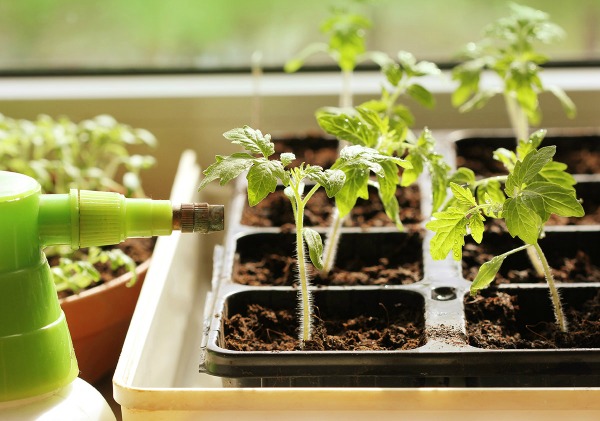
The desire of gardeners to grow healthy and strong seedlings is not always true. And the reason for this is a number of annoying and, at first glance, simple mistakes.
- Irrigation with cold water leads to hypothermia of the root system, which in turn causes its decay and death.
- The use of hard water. Tap water contains a lot of chemical compounds used for cleaning. They negatively affect the life of plants.
- Excess moisture content in the soil leads to infection by fungi, which significantly worsens the condition of the seedlings. If urgent action is not taken, she will die.
- The previous problem is closely related without drainage holes in seedling containers and causes the same effects.
- Sprinkler irrigation contraindicated in the cultivation of tomato seedlings. Drops of moisture linger on the surface of the leaf plates and cause burns on sunny days. In cloudy weather, this can cause late blight disease.
- Insufficient moisture supply also negatively affects the development of tomato seedlings. The plant slows down in development, the leaves turn yellow and fall off, the period of laying the first flower brush is delayed.
- Transplanting seedlings in dry soil at their summer cottage. In this case, the plant is experiencing double stress. It needs strength to root, and it must spend it looking for moisture.
How to properly water tomato seedlings
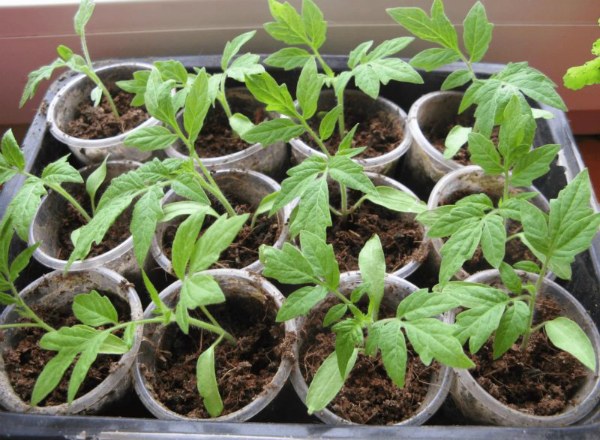
Gardeners with rich farming experience know almost everything about growing tomato seedlings. Here are some tips on how to properly water it.
- Only filtered or settled warm water is used. (t=20-25C)
- Watering should be rare, but plentiful. Before wetting the entire layer of soil in the seedling container.
- Water consumption increases with the growth of seedlings.
- Foliage should always remain dry and clean.
- Water consumption for irrigation depends on the ambient temperature. The hotter, the more often watering.
- In cloudy weather, the interval between watering increases.
By following these fairly simple rules for watering tomato seedlings, strong, stocky and healthy seedlings will grow on your windowsills, which will delight you with a generous harvest at the end of summer.
How to water seedlings correctly – at the root or in the aisle – video
The first watering of tomato seedlings – video
Maintaining an optimal water balance when growing tomato seedlings is one of the most important conditions. As a result, your seedlings will have a powerful root system, and this will stimulate good survival in the tomato garden.
